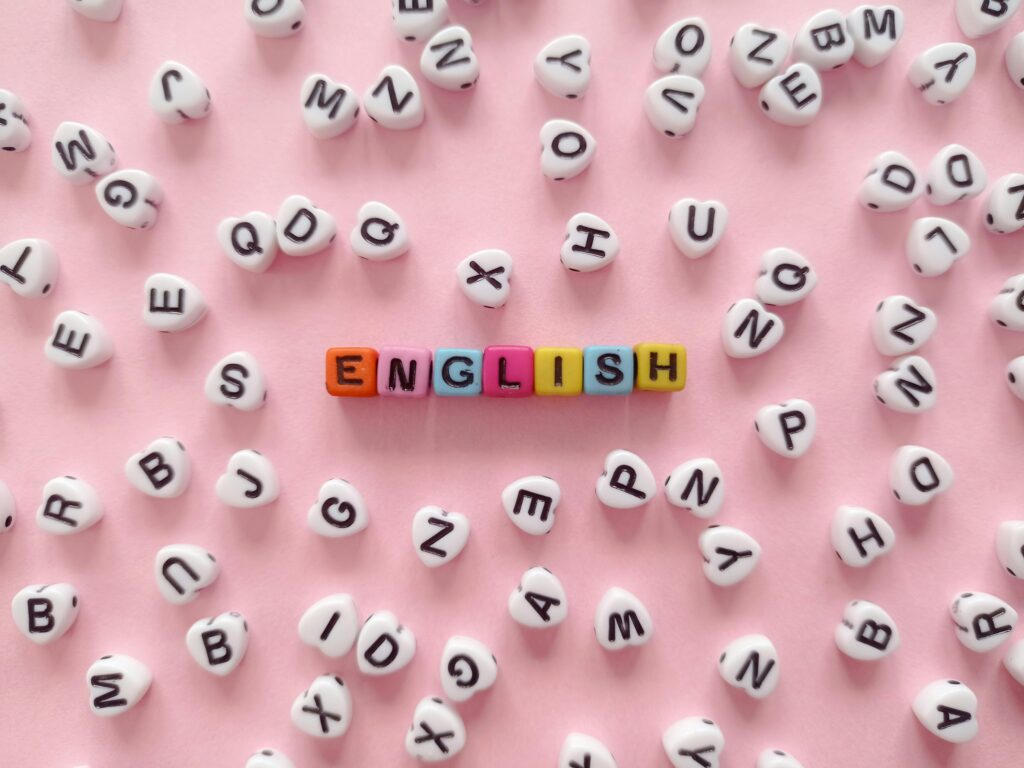Est. reading time: 5 minutes

In the introductory article on the concept of nouns, we defined what nouns are and talked about the importance of nouns. For the sake of the people who are just joining the ride, I will define what nouns are. A noun is a fundamental part of speech that represents a person, place, thing, or idea. It’s like the building block of language, allowing us to name and refer to various elements in our world. If you need more information about the definition and significance of nouns, please refer to the introductory article here.
Moving on, why do we need to go through the types of nouns? Understanding nouns is crucial because they form the backbone of sentences. Without nouns, communication would be impossible. By grasping the different types of nouns, we enhance our ability to express ourselves effectively.
Allow me to refer to the previous article again; I made a list of the types of nouns we intend to discuss, which are:
- Proper nouns
- Common nouns
- Countable nouns
- Uncountable nouns
- Concrete nouns
- Abstract nouns
- Compound nouns
To understand the types of nouns better, I will explain the first six (6) types I mentioned above in three classifications: common and proper nouns, countable and uncountable nouns, and concrete and abstract nouns Then, lastly, I will explain compound nouns by comparing them with collective nouns for the sake of helping you digest what compound nouns mean and not confuse them with collective nouns. Let us dive in.
Types of nouns
1. Common and proper nouns: Imagine a bustling market in Lagos, filled with all sorts of goods and people. In this lively scene, we encounter two types of nouns: common nouns and proper nouns.
Common Nouns:
Common nouns are like the everyday items you find in the market. They tell you what kind of thing it is, but not exactly which one.
For instance, you might see a vendor selling “rice,” “shoes,” or “vegetables.” These are common nouns—they refer to general categories without specifying any particular item.
Proper Nouns:
Now, let’s focus on the special labels that make things extra specific. These are our proper nouns.
Imagine you meet a friendly trader named Temi, Chinelo, Aisha, or Elizabeth. Her name is a proper noun because it uniquely identifies her among all the other traders.
Similarly, if you visit the iconic Aswani Market, that’s a proper noun too. It singles out this specific market in Lagos.
And what about that delicious Jollof rice you had at the local eatery? Yep, another proper noun—it’s not just any rice; it’s the beloved Nigerian Jollof Rice, not Ghanaian Jollof rice.
Proper nouns stand out like that single house with a generator in an area without electricity—they’re always capitalized, emphasizing their importance.
So, whether it’s Wole Soyinka, Abuja, or Olumo Rock, these proper nouns give us a glimpse into the rich components of Nigerian life. They’re the names that make our experiences uniquely ours.
2. Countable and uncountable nouns: I want to stick to a relative Nigerian market scenario. Imagine you’re at a lively Nigerian market, where the air is filled with the aroma of delicious food and the chatter of traders. In this vibrant setting, we encounter two types of nouns: countable and uncountable.
- Countable Nouns:
- Countable nouns are like the individual food items you find in the market—things you can count one by one.
- For instance:
- Plantains: You can count how many ripe plantains you want for your jollof rice.
- Wrappers: If you’re shopping for colourful wrappers, you can say, “I need three wrappers.”
- Beads: When creating a traditional necklace, you might string together a hundred beads.
- Countable nouns have both singular and plural forms. For example:
- “I have one wrapper, but she has two wrappers.”
- “Give me five beads.”
- Uncountable Nouns:
- Now, let’s focus on the essential ingredients—the ones that come in bulk or large quantities. These are our uncountable nouns.
- Take, for instance:
- Pounded Yam: You can’t say, “I have one pounded yam.” Instead, it’s “I have pounded yam” or “I have a plate of pounded yam.”
- Stew: You wouldn’t count stews; you’d say, “I have stew” or “I have a bowl of stew.”
- Water: It’s always “I have water” or “I have a cup of water.”
- As you can see, uncountable nouns are about “how much” rather than “how many.”
Any time you are confused, ask yourself:
-
- Can you use “a lot of” or “many” before it? If yes, it’s probably countable (e.g., “many wrappers,” “a lot of beads”).
- Can you use “some” or “much” before it? If yes, it’s probably uncountable (e.g., “some stew,” “much water”).
- Remember, some nouns can be both countable and uncountable. For example:
- Rice: “I cooked rice” (uncountable) vs. “I served three plates of rice” (countable).
- Watermelon: Whole watermelons are countable, but when cut up and shared, they become uncountable.
So whether it’s suya, pounded yam and egusi soup, or beads for traditional attire, these nouns shape our cultural experiences and conversations.
3. Concrete and abstract nouns: Picture yourself in a busy workshop, surrounded by tools and materials. Here, we encounter two types of nouns: concrete and abstract.
Concrete nouns: Concrete nouns are like reliable tools you can touch, see, and use to bring your creations to life. For instance:
- Screwdriver: You feel its grip as you tighten screws.
- Saw: Its teeth cut through wood, shaping your vision.
- Paint sprayer: It leaves a smooth, colourful finish on your masterpiece. These nouns engage your senses—sight, touch, taste, smell, and hearing.
Abstract nouns: Now, let’s explore the invisible forces—the abstract nouns—that drive your creativity:
- Invention: is the abstract concept that fuels your curiosity.
- Creativity: It’s intangible but essential for every project.
- Time: You can’t touch it, but it shapes your work.
- Determination: is the invisible force that keeps you going. Abstract nouns live in your mind and heart.
Why Both Matter: Concrete tools and abstract inspiration work hand in hand. Whether it’s pounded yam and egusi soup (concrete) or the idea of progress (abstract), these nouns shape our conversations, culture, and creativity.
4. Compound and concrete nouns: A compound noun is when we put two or more words together to make a new word, like “cat food” or “playgroup.” Think of it as mixing ingredients to create something new, just like when you mix flour and water to make dough.
Now, imagine you’re talking about a group of things or people altogether. That’s what we call a collective noun. It’s like when you talk about a team of football players or a family of four. Instead of mentioning each person or thing separately, you’re talking about them as a single unit.
For instance, think about “market day.” It’s a compound noun because it’s made up of two words, “market” and “day,” and it refers to the special day when everyone gathers at the market. Now, when we talk about a “crowd,” it’s a collective noun because it represents a group of people coming together, like at a concert or a festival.
Let’s put these into sentences:
Compound nouns
- She bought some sunflower seeds to plant in her garden.
- The children enjoyed playing with their new toy cars.
- We had a delicious meal of seafood pasta at the restaurant.
Collective nouns
- The herd of cows grazed peacefully in the field.
- Our school choir won first place in the competition.
- The team celebrated their victory with a big party.
These examples show how compound nouns and collective nouns are used in everyday language, making communication clearer and more efficient.
Conclusion
In conclusion, understanding the different types of nouns is vital for effective communication. Whether it’s recognizing compound nouns like “market day” or collective nouns like “team,” knowing how these concepts work enhances our ability to express ourselves clearly.
Stay tuned for more articles diving into various aspects of grammar and language, offering further insights into how we use words to communicate effectively. Keep exploring, keep learning, and keep improving your language skills.

